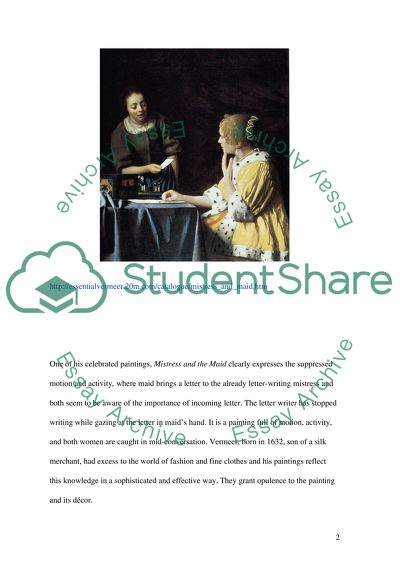Cite this document
(“Compare two images Essay Example | Topics and Well Written Essays - 2000 words”, n.d.)
Compare two images Essay Example | Topics and Well Written Essays - 2000 words. Retrieved from https://studentshare.org/architecture/1501109-compare-two-images
Compare two images Essay Example | Topics and Well Written Essays - 2000 words. Retrieved from https://studentshare.org/architecture/1501109-compare-two-images
(Compare Two Images Essay Example | Topics and Well Written Essays - 2000 Words)
Compare Two Images Essay Example | Topics and Well Written Essays - 2000 Words. https://studentshare.org/architecture/1501109-compare-two-images.
Compare Two Images Essay Example | Topics and Well Written Essays - 2000 Words. https://studentshare.org/architecture/1501109-compare-two-images.
“Compare Two Images Essay Example | Topics and Well Written Essays - 2000 Words”, n.d. https://studentshare.org/architecture/1501109-compare-two-images.


